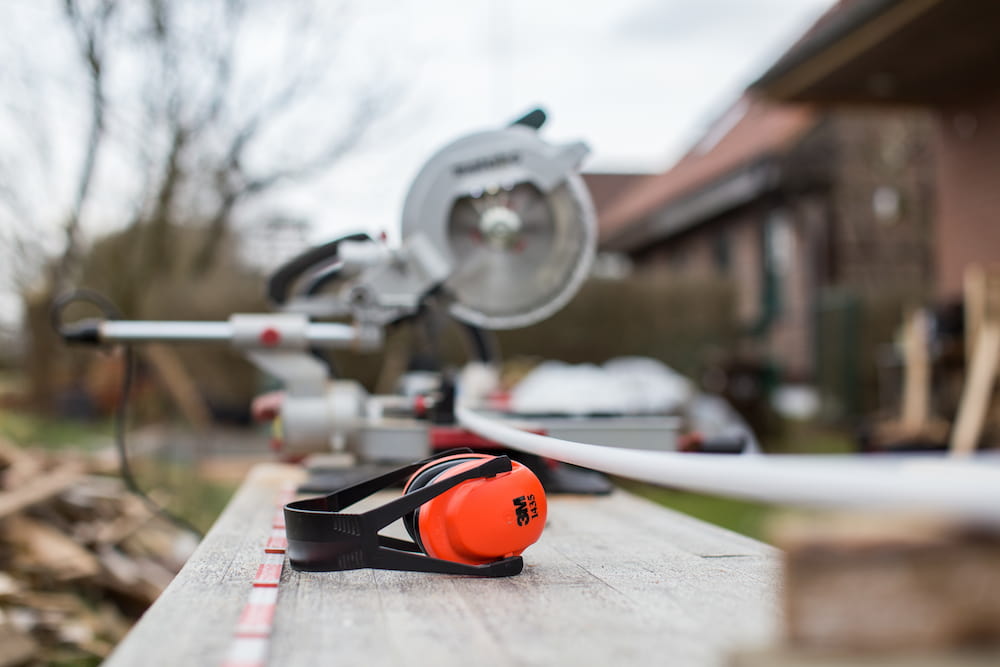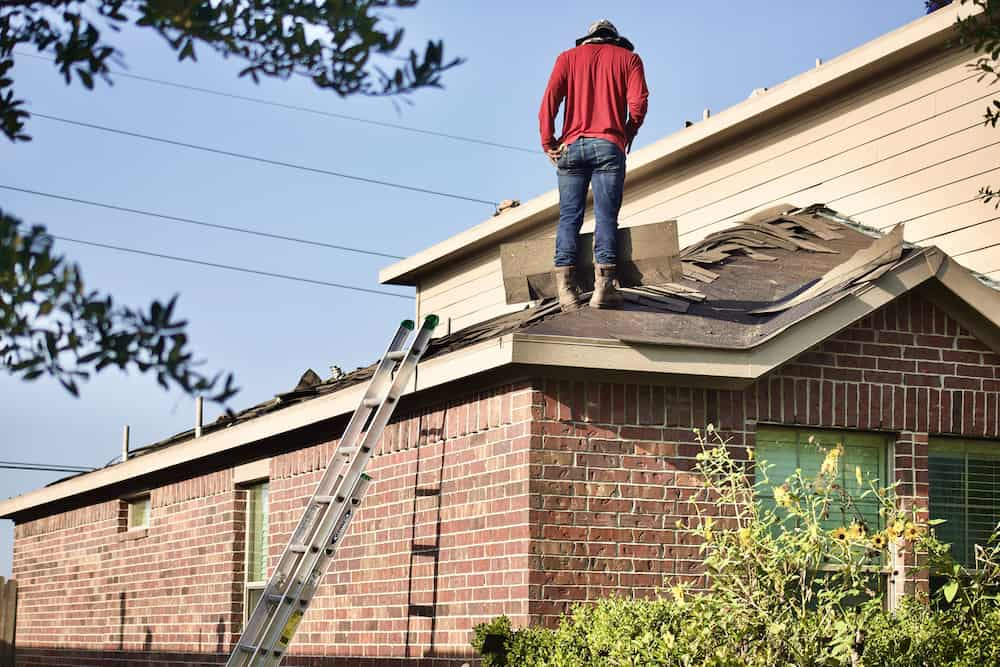First Home Buyer
Residential Home Loans
Investment Loans
Commercial Products
About Neomoney
Contact Neomoney

Renegotiate A Building Inspection Report
Can You Renegotiate after a Building Inspection?
Navigating the Renegotiation Process After a Building Inspection Report
How a Building Inspection Report Can Boost Your Negotiating Power When Buying a Property: A Comprehensive Checklist
When it comes to purchasing a property, you want to make sure you’re getting your money’s worth. One of the most important steps you can take is to get a comprehensive building inspection report. Not only will this report provide you with an accurate assessment of the property’s condition, but it can also significantly boost your negotiating power. Here’s why.
A building inspection report provides a detailed analysis of the property’s condition, identifying any defects, safety hazards, and maintenance issues. By identifying potential problems, you can make an informed decision on whether to proceed with the purchase, renegotiate the purchase price, or walk away from the deal altogether.
To help you get started, here is a comprehensive checklist of the critical items to consider when conducting a building inspection report.
- Structural Elements:
This includes checking the foundation, walls, roof, and ceilings for any signs of damage or weakness. Cracks, sagging, or unevenness can indicate serious structural issues that could be costly to repair.
- Electrical System:
The electrical system is another important component of a building inspection report. The inspector should check the condition of the electrical panel, wires, and outlets. Outdated or faulty electrical systems can be a fire hazard and expensive to repair.
- Plumbing System:
A thorough building inspection report should include an assessment of the plumbing system. The inspector should check for leaks, corrosion, and water pressure. Plumbing issues can lead to costly repairs and potential health hazards if not addressed promptly.
- HVAC System:
The HVAC system includes heating, ventilation, and air conditioning. The inspector should check the condition of the furnace, air conditioner, and ductwork. Proper maintenance of the HVAC system can improve energy efficiency and prevent costly repairs.
- Roofing:
The roof is one of the most critical components of a building. The inspector should check for any damage, wear and tear, or potential leaks. A damaged or leaky roof can lead to water damage and costly repairs.
- Foundation and Structure:
A solid foundation and structure are essential to the stability of a building. The inspector should check for cracks, settlement, and other signs of damage. Structural issues can be expensive to repair and compromise the safety of the building.
- Pest Infestation:
A building inspection report should also include an assessment of any pest infestations. The inspector should look for evidence of termites, rodents, and other pests that can cause damage to the building’s structure and pose health risks to occupants.
- Environmental Hazards:
A building inspection report will also include a check for any environmental hazards such as asbestos, mould, or lead paint, which can pose serious health risks.
Furthermore, a building inspection report is an essential tool for any homebuyer. It can provide valuable information about the condition of a property and help identify potential issues that may require costly repairs. By understanding the components of a building inspection report, buyers can make informed decisions about the properties they are considering and negotiate better terms. When it comes to negotiating power, knowledge is power, and a building inspection report can be a powerful tool to have in your arsenal.
The Ultimate Guide to Renegotiating Your Purchase Contract After a Bad Building Inspection Report.
Renegotiating a purchase contract after a bad building inspection report can be a daunting process, but it’s important to know your options and take action to protect your interests. Here’s our ultimate guide to renegotiating your purchase contract after receiving a poor building inspection report:
- Review the inspection report carefully:
Before making any decisions, it’s important to review the inspection report thoroughly and understand the issues identified. This will help you determine the severity of the problems and what it will take to fix them.
- Determine your negotiating position:
Once you understand the issues, you’ll need to determine your negotiating position. If the problems identified are minor, you may choose to proceed with the purchase as is. However, if the issues are significant, you may want to negotiate a lower purchase price or require the seller to make repairs before proceeding with the sale.
- Consider your options:
You have several options when renegotiating a purchase contract after a bad building inspection report.
These include:
-
- Exit the contract:
If the problems are severe and you no longer wish to proceed with the purchase, you may be able to exit the contract. This will typically involve forfeiting your deposit, so it’s important to weigh the costs and benefits carefully.
-
- Renegotiate the purchase price:
If you’re still interested in the property despite the issues identified in the inspection report, you may be able to negotiate a lower purchase price based on the cost of repairs.
-
- Request repairs:
Alternatively, you may be able to negotiate with the seller to have them make repairs before the sale is completed. This can be a good option if the repairs are significant and you don’t want to take on the cost and hassle of making them yourself.
- Work with your conveyancing solicitor:
Renegotiating a purchase contract can be complex, so it’s important to work with a conveyancing solicitor who can help you navigate the process. They can help you understand your legal rights and negotiate on your behalf to get the best possible outcome.
- Be prepared to compromise:
Renegotiating a purchase contract can involve give and take, so it’s important to be prepared to compromise. This may mean a lower or accepting a slightly higher purchase price or agreeing to make some repairs yourself.
By following these steps, you’ll be well-equipped to renegotiate your purchase contract after receiving a bad building inspection report. Remember, it’s important to act quickly and decisively to protect your interests and ensure a successful outcome.

The Importance of a Building Inspection.
Don’t Make These Costly Mistakes When Buying a Property. It Can Save You Thousands in the Long Run.
What Repairs Can You Request After a Home Inspection? Essential Checklist
When you’re purchasing a home, a building inspection is critical. However, you must take into account the repairs that may be necessary. This can be a challenging task, particularly if you’re unfamiliar with home construction or unsure what to look for. In this article, we’ll discuss the critical points to consider when determining what repairs to request after an inspection.
Problems with Windows and Doors:
Flawed thermal seals, leaking windows, stuck doors, and damaged locks may appear minor, but they do affect your safety and comfort. You should request the seller to address these issues if possible.
Electrical System:
An outdated or inadequately updated electrical system can be hazardous. Look for dysfunctional outlets, pigtailed wiring, and overloaded fuse panels.
Plumbing System:
Pipe leakages can cause significant plumbing problems that can be expensive to fix. You should pay close attention to the plumbing during the inspection.
Roofing:
One of the most expensive and significant repairs you may face is a faulty roof. You should pay special attention to soft areas, excessive wear, moisture infiltration, or other indications of deterioration.
Foundation and Structure:
A significant change in the foundation of a house, such as stuck doors, broken windows, cracked tiles/paint, or other indicators of severe uneven distribution, can be a sign of a more significant issue. You should hire a qualified inspector to assess the property if you suspect any problems.
Pest Infestations:
Pests, wood-destroying insects, and vermin can cause significant damage to a property. Be wary of any signs of infestation.
Asbestos or Lead Paint:
If the house was built around 1978, asbestos or lead paint may be a significant, life-threatening concern. Ensure that you receive a Lead-Based Paint disclaimer from the seller if they have previously detected LBP in the house. This information should also be included in the seller’s disclosure notice. Additionally, find out whether the house has been refurbished since it was constructed.
Presence of Mould:
Mould can develop unnoticed for years and may be an indication of a more severe issue. If you notice any signs of mould, you should have an inspection to determine the extent of the problem.
I’m Ready!
Are you ready to take the next step towards your dream home? Our team of mortgage specialists is here to help you find the perfect loan product tailored to your unique needs. Whether you're seeking credit advice or simply looking for more information, we're here to answer any questions you may have.
To get started, just click on the enquiry button below and we'll be in touch with you shortly.
Let's make your homeownership dreams a reality!




